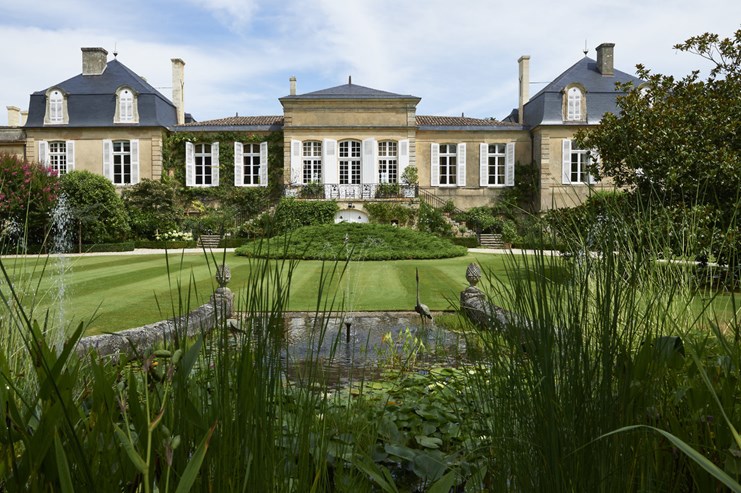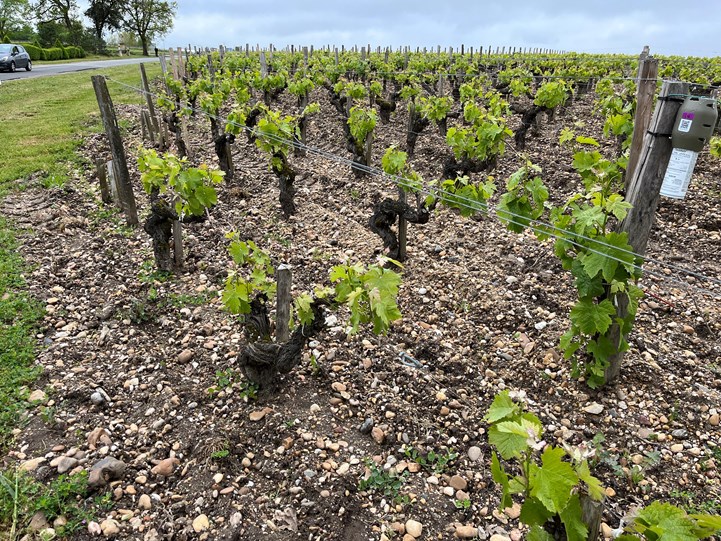A guide to St-Julien

Our Bordeaux offers often make reference to the 'classic' styles of wines from the terroirs of Margaux, Pauillac, St-Julien, St-Estephe, Pomerol, and St-Emilion. Not everyone is familiar with these, so, in advance of the Bordeaux 2022 En Primeur campaign, here are some handy guides to the classic terroirs in the region and how they express themselves in the finished wines, continuing here with St-Julien.
St-Julien sits in between Margaux and Pauillac and, despite not having a First Growth, has an impressive reputation for producing some of the world's finest Cabernet Sauvignon-based wines, characterized by their complexity, depth, and elegance.

Like the other four famous left-bank communes, the maritime climate of St Julien is influenced by its proximity to the Atlantic Ocean, which provides a cooling effect during the hot summer months. The region benefits from long, sunny days, which help to ripen the grapes evenly and produce wines with high levels of sugar and acidity. The proximity to the ocean also results in high levels of humidity, which can be beneficial for the vines, especially during dry periods.
The geology of St Julien is complex and varied, with a combination of alluvial, gravel, and clay soils. The region is situated on a narrow strip of land between the Gironde estuary to the east and the Atlantic Ocean to the west. The soils of St Julien are largely composed of gravel, which is a result of the ancient riverbeds that once flowed through the region. The gravelly soils are made up of small, rounded stones called "galets" which are often mixed with sand and clay. The gravel is typically found in the higher elevations of the appellation, where it provides excellent drainage and reflects heat, which helps to ripen the grapes more evenly. Beneath the gravelly soils, there are layers of clay and limestone. Clay is concentrated in the valleys and provides good water retention, helping to maintain soil moisture during dry periods. Limestone is less common but does occur. This porous rock provides good drainage and contributes to minerality in the wines.

Gravel soils at Beychevelle
The gravelly soils provide ideal growing conditions for Cabernet Sauvignon, which is the dominant grape variety, accounting for around 20% of the total vineyard area. The high tannin levels and intense flavors of Cabernet Sauvignon are a result of the warm summers and regulated temperatures that are facilitated by the gravelly soils. The sandy soils in the lower-lying areas of the region provide ideal growing conditions for quicker-ripening Merlot, with its softer tannins.
Merlot is the second most planted grape variety in St Julien, often on sandy soils, which provide good drainage and contribute to the grape's soft tannins and red fruit flavors. Merlot requires less time on the vine to reach maturity than Cabernet Sauvignon and is typically harvested in mid-September. The resulting wines are characterized by their softness, approachability, and early drinkability. Cabernet Franc, Petit Verdot, and Malbec are used in smaller proportions to add complexity and depth.

